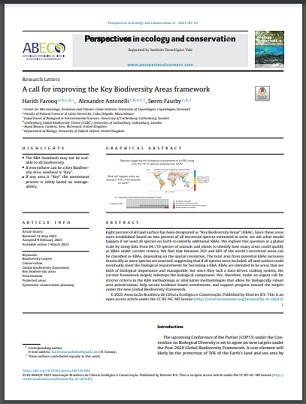
Eight percent of all land surface has been designated as “Key Biodiversity Areas” (KBAs). Since these areas were established based on two percent of all terrestrial species estimated to exist, we ask what would happen if we used all species on Earth to identify additional KBAs. We explore this question at a global scale by using data from 64,110 species of animals and plants to identify how many areas could qualify as KBAs under current criteria. We find that between 26% and 68% of the world’s terrestrial areas can be classified as KBAs, depending on the spatial resolution. The total area from potential KBAs increases drastically as more species are assessed, suggesting that if all species were included, all land surface could eventually meet the biological requirements for becoming a KBA. KBAs are intended to be areas that are both of biological importance and manageable, but since they lack a data-driven ranking system, the current framework largely sidesteps the biological component. We, therefore, make an urgent call for stricter criteria in the KBA methodology or alternative methodologies that allow for biologically robust area prioritization, help secure evidence-based investments, and support progress toward the targets under the new Global Biodiversity Framework.














